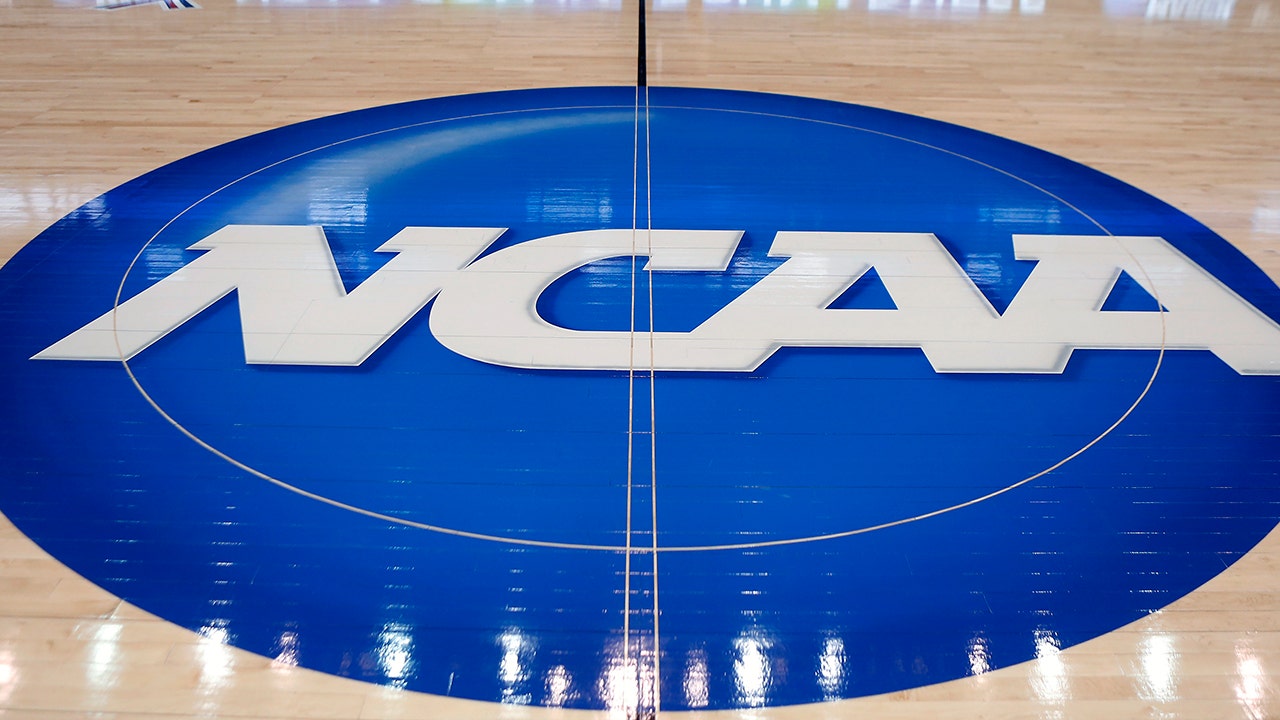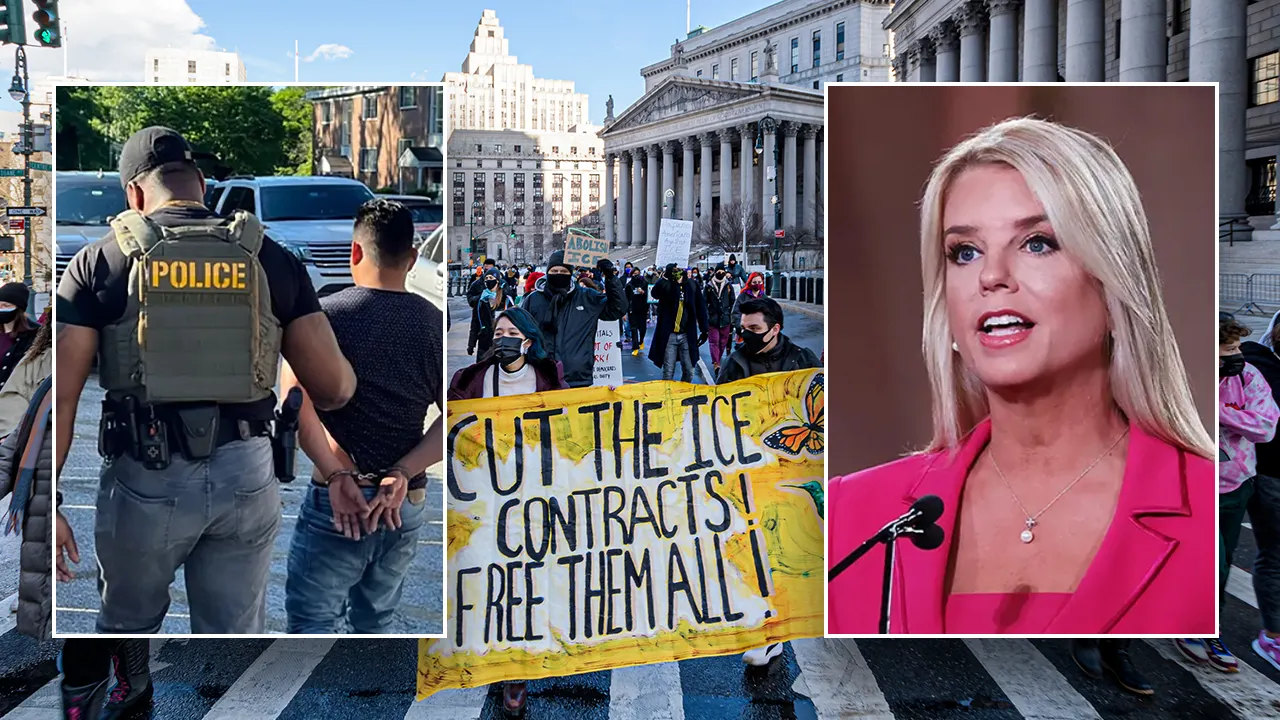Trump dumped these farmers’ water. They’d rather not talk about it.
President Donald Trump followed through on his promise to unleash California’s water — only the water he released belonged to the very farmers he’d promised to help.
SACRAMENTO, California — California farmers — some of President Donald Trump’s staunchest supporters in the deep blue state — are sticking with him,
even after he wasted their water.
At least publicly, the farmers and their Republican allies are brushing off the president’s abrupt
move last week to dump more than 2 billion gallons of their irrigation water from reservoirs in the name of aiding Los Angeles wildfires — even though the fires were already contained and the water couldn’t have made it to Los Angeles anyway.
Zack Stuller, a farmer with citrus and almond orchards he irrigates from the reservoirs and president of the Tulare County Farm Bureau in the state’s arid Central Valley, said the situation “definitely was a little nerve-wracking for a while.”
But, he said, “I’m a farmer. I have a conservative mindset. I encourage the trigger-pulling attitude, like, ‘Hey, let’s just get stuff done.’”
The episode is one of the most visceral examples of a recurring theme for Trump and his most loyal supporters who’ve stuck with him through sweeping actions in the first weeks of his presidency that could hurt their bottom lines, be it the
deportation of workers or
expensive tariffs.
After relentlessly mocking Gov. Gavin Newsom on social media over his state’s water policy, and attempting to falsely tie it to the state’s devastating wildfire, Trump
announced on social media last week that the “United States Military” had entered California and “TURNED ON THE WATER.”
Officials from the Department of Government Efficiency had
visited a pumping plant in the state’s main water hub earlier that day, and Trump has told reporters he dispatched his longtime foreign policy adviser and special envoy, Richard Grenell, to California “to turn on the water.”
Late Thursday, the Army Corps of Engineers
alerted local water authorities in the Central Valley that it would be cranking releases from two of its reservoirs to maximum capacity — a scenario that sparked fears of flooding.
Local officials scrambled in calls to their Republican congressmembers and others in Trump’s orbit, who successfully talked the White House down, according to Victor Hernandez, who oversees water management on one of the rivers, the Kaweah River.
Now, some of those same players are trying to look on the bright side.
“We’re excited that we have a president that’s engaged in California water policy and maximizing the coordination of the systems,” Rep. Vince Fong, a GOP representative whose district includes the affected farmers, said in a brief interview Wednesday.
The debacle is especially ironic because dumping California farmers’ water is the very thing Trump has been attacking Newsom over for years, exploiting a deep partisan vein that separates the Central Valley from the Democrat-dominated coast. He
picked up their refrain in 2016, echoing the bitter signs that still dot the I-5 targeting Democratic politicians for causing water shortages, remnants of the water wars of the 1990s that inflamed the state’s fish-versus-farms dynamic.
“I heard the governor say you get 50 gallons,” Trump said at a
rally in Bakersfield, on the southern end of the valley, in February 2020, during the state’s last drought. “Fifty gallons is very, very little. Can you imagine a state being rationed when you have millions and millions and millions of gallons being poured out into the Pacific Ocean?”
While California’s reservoirs are in good shape overall, the state is heading
back into drought because of a dry winter so far. Greg Meister, the mayor of Porterville, the closest town to the Army Corps’ dams, said he was most concerned that the releases would chip away at supplies local farmers will end up needing later in the year.
“The fear is, just because we’re heavily dependent on that water during the summer for agriculture, what the impacts may be,” Meister said. “I’ve heard predictions of it not being a very wet winter.”
The administration initially moved to pour out even more water from the dams, a gush that Hernandez, the local water manager, said could have flooded farms, maintenance equipment and potentially homeless encampments near the river. He said he only got a one-hour heads up from the Army Corps of Engineers, the agency that manages the dams for flood control, and scrambled to alert downstream farmers.
Word of the impending releases reached state and local water officials who were gathered at a bowling alley in Reno, Nevada, as part of a regional water conference.
“Kaweah guys were huddled around their cell phones,” said Don Wright, a publisher and consultant who covers the region’s agricultural industry. “I snuck over and they were so occupied I dang near swapped balls with them.”
Wright said water users asked Reps. Jim Costa and Fong, who represent the affected area, as well as former Rep. Devin Nunes and former Interior Secretary David Bernhardt, to intercede with Trump to try to explain the problem.
While Costa, a Democrat,
sent a letter Saturday to Defense Secretary Pete Hegseth urging him to engage with officials in a “more close and transparent manner,” Bernhardt, who had previously served as the lobbyist for the region’s most powerful farm district, said, “I am not somebody who is in contact with people.”
The releases ultimately got pulled back to a third of the flow the Corps had originally planned, then stopped altogether on Sunday.
Fong argued that the releases were done to make room in the reservoirs for an incoming storm — something that the Corps regularly does. However, water experts say such releases are typically carefully negotiated with local authorities who want to keep as much water in the reservoirs as possible, since that’s what they rely on for the summer irrigation season.
In the end, the water largely ended up being used to recharge groundwater, local irrigation districts said this week.
In a
cautious statement, they called for “close coordination” with the feds over the “incredibly complex” California water system, and arguing that environmental restrictions are their biggest problem.









